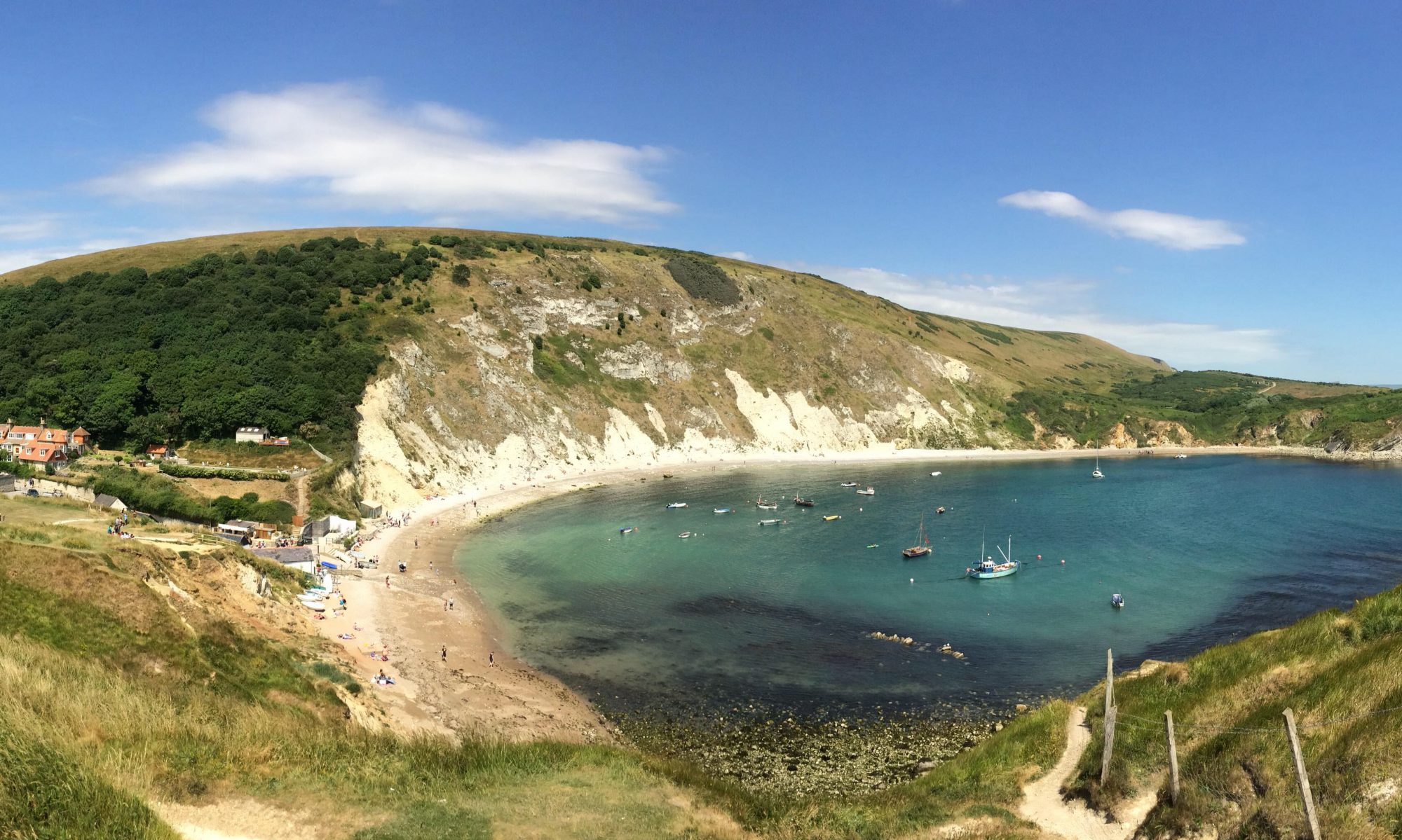As consumers of entertainment, we’ve been partial to the idea of the haunted house since practically time immemorial, with classical works such as Henry James’ The Turn of the Screw and Charles Dickens’ A Christmas Carol serving as cultural touchstones. Now, with the popularity of TV series’ like Netflix’s The Haunting of Bly Manor and films like The Conjuring series directed by James Wan, the haunted house concept has reached a cultural zenith. But where does the idea of haunting come from, and just how long have we been plagued by thoughts of bumps in the night? Well, grab your hot water bottle and huddle behind your sofa, because in today’s piece I want to examine the fascinating history of hauntology.
‘Ghosts’ throughout history
The idea of a life after death is nothing new, with concepts of the afterlife existing since the emergence of religions such as Islam, Taoism and Christianity. However, the notion of a lingering presence on Earth is a fairly ancient one too. Spirits – of both the benevolent and malevolent ilk – are referred to in a variety of historical writings and traditions from around the globe, from the ancient Chinese parable of King Xuan of Zhou who was slain by the vengeful spirit of his executed minister Tu Po, to the Middle Eastern legend of the Jinn, to the Pacific tradition of ancestral spirits. Japanese culture in particular has some extraordinary folklore on spirits, known as yurei, who are said to have been banished from a peaceful afterlife, and appear dressed in white robes with long, dark hair. Honouring the dead is one of humankind’s shared principles, and often that remembrance is said to extend long after their physical death.

The Gothic Revival
Around the 18th Century, ghosts made the leap to popular culture in a big way. The dawn of gothic literature, most commonly credited to English author Horace Walpole, revelled in the macabre and frightening, leading to iconic works of horror such as Washington Irving’s The Legend of Sleepy Hollow and Edgar Allen Poe’s The Masque of the Red Death. However, it was at the turn of the century that the concept of the haunted house was truly launched into the popular imagination, with the so-called ‘Moberly-Jourdain Incident’. Two British women visiting Versailles in Paris claimed to have stepped back in time, witnessing the appearance of frightening spectres resembling historical figures (including Marie Antoinette!) and walking across a bridge that no longer existed. Whether or not what the two women experienced was truthful or not, the ‘incident’ sparked the popular imagination, arguably stoking the fires of the modern ghost-hunting phenomenon.

Ghosts Go Mainstream
Several prominent authors contributed to the modern canon of ‘ghost stories’, including the prolific M. R. James, Lafacdio Hearn, Shirley Jackson, Susan Hill and James Herbert. The Twentieth Century also gave rise to fully-fledged paranormal investigation, such as the famous ‘Enfield Poltergeist’ investigation conducted by ‘Society for Psychical Research’ members Maurice Grosse and Guy Lyon Playfair, who deemed the mysterious phenomena occurring at a council house in London, England to be an authentic case of poltergeist, or ‘noisy spirit’, activity. However, the reality of hauntology also became easier to discredit with the advent of modern technology, leading the study of hauntings and ghosts to become marginalised at best, and ridiculed at worst.

The Modern Haunted House
Nowadays, the idea of the ‘haunted house’ has become primarily associated with entertainment. Fairgrounds boast their own ‘haunted house’, replete with pop-up ghouls and dry ice doubling as ectoplasmic fog. The cinematic industry has had a field day, as the desire to scare oneself for fun has led to the horror genre becoming one of the industry’s most profitable cash cows. Furthermore, historic and abandoned buildings alike have taken to hosting ‘Fright Nights’, with costumed actors and sound effects standing in for the alleged ghosts haunting a site (even if nobody has ever died in the vicinity!). With the phenomenon of haunted houses embraced by mainstream audiences and enthusiasts, is it perhaps time for those interested in the truth behind the legends to ‘give up the ghost’?

The Academic P.O.V.
The idea of intangible restless spirits associated with historic buildings has more in common with historical discourse than one might imagine. Whereas psychologists and physicists generally dismiss the idea that ghosts can ‘scientifically’ exist, historians such as Pierre Nora argue that in remembering cultural and societal traditions, we are effectively keeping a person alive. Nora suggests that old buildings are ‘spatial environments of memory’ in which lived traditions and inhabitants live on through temporal continuity. For example, the scratches made by a rocking chair on an old wooden floor remain as a testimony to the blind old woman who once sat in that spot. And in ancient temples and battlefields, whose grounds contain the final resting places of those who once lived and died amongst them, are we not part of an ongoing story of time and space, and of life and death? Dead doesn’t mean gone, after all.

Lock Your Doors
What’s clear is that the idea of the ghost has been part of humanity’s oral and written testimony for nearly as long as we’ve been walking upright. In one hundred years’ time, it’s totally possible that science will have proven the irrefutable existence of spirits. Or perhaps the truth will remain as murky as the dark night outside your window. What’s that behind you?

